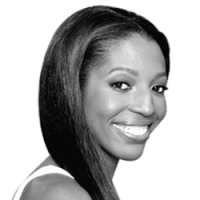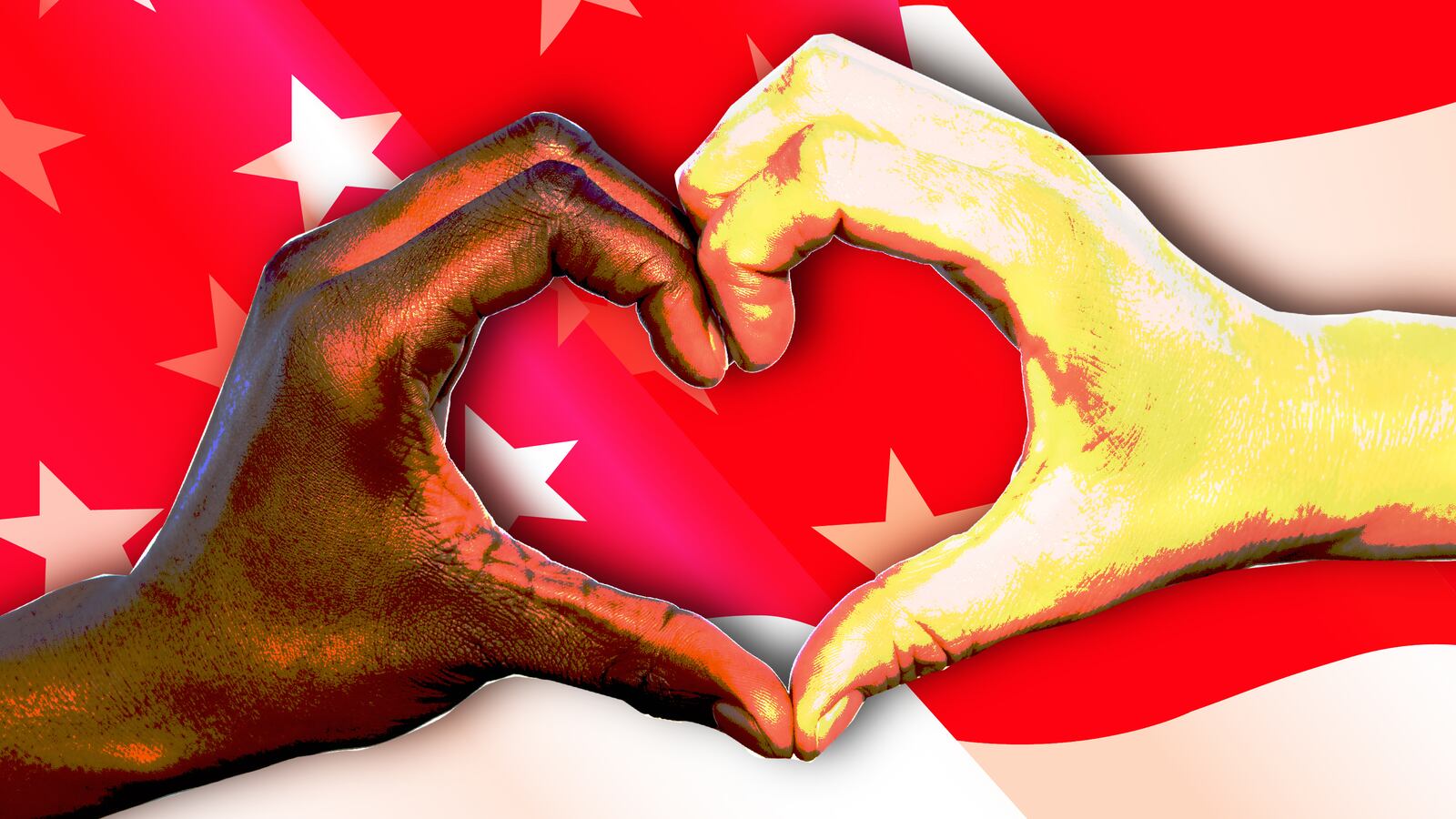Anyone browsing Facebook, Twitter, or an actual newspaper in the last few years would be hard pressed to find a day in which there hasn’t been yet another horrible story highlighting America’s race problem. From the troubling shootings of unarmed black men by police to the tragic shooting of Dallas Police officers by Micah Johnson and the countless articles highlighting racist or racially insensitive comments made by everyone from politicians to celebrities, it seems that with each passing day, race relations are getting worse, not better.
Except these headlines don’t tell the whole story.
According to the most recent analysis of U.S. Census data just published by Pew Research Center, interracial marriages reached an all-time high in 2015, the most recent time period for which analysis is available. More specifically, the data showed that one in six Americans is marrying outside of their race. During President Obama’s final term in office, when a plurality of black Americans and a majority of white Americans polled were claiming that race relations had become worse during Obama’s years in office, more of them were marrying each other.
So how is this possible? How is it possible that people could feel as though we are more divided than ever when in one very significant way we are clearly more united than we have ever been?
Well, the media deserve part of the blame. Stories stoking racial divisions have become a bit like stories about celebrity sex tapes. When in need of traffic or clicks, the cheap and easy way to go is to highlight strife. That doesn’t mean we shouldn’t cover race. We should just cover it responsibly, and not enough of us do. Highlighting something stupid or offensive someone said on Twitter or elsewhere is easier than doing a deep dive into the substantive issues that really matter when it comes to race. For instance, the space given over to Paula Deen headlines could have been better devoted to people who were busy finding solutions to issues that do foster racial inequality, such as sentencing inequities. But of course, those kinds of stories aren’t quite as retweet-friendly.
It’s not just what media cover but how we cover it. Recently there were stories published about model Ashley Graham’s grandmother initially disapproving of her black husband. The story flew around cyberspace, with headlines about Graham’s racist family and the “ignorant white woman” who is her grandmother. Upon reading the articles it becomes clear that Graham’s grandmother and her husband reconciled years ago, meaning her family reflects a lot of American families in evolving on race over the years. But the headline “Ashley Graham’s Family Like a Lot of Others When It Comes to Race” is not nearly as sexy as “Racist Granny Had Black Hubby on the Run.” It’s also worth noting that the overwhelming reaction to Graham’s story was empathy for her and her husband, meaning that racially challenged grannies aside, our country is better off than it once was on these kinds of issues.
Media, however, can’t bear all of the blame.
Just as people who say they are tired of the Kardashians but click on yet another story featuring yet another naked picture of Kim are part of the problem, so are media consumers who thrive on conflict. If you retweet articles about the white supremacists who oppose the removal of Confederate statues but don’t tweet about the multi-racial coalition of politicians and activists working to get them removed, you’re sending a message that white supremacists are more newsworthy than racial unity.
And to be clear, the numbers don’t lie. There is a lot of racial unity in our country—and it is growing. Four years ago, when Cheerios unveiled an ad featuring a mixed-race family, the company generated international headlines and some racist backlash. Since then, mixed-race families have become a staple of advertising, featured in prominent ads from major brands such as Home Goods, Chase Bank, and Old Navy. But it’s not just that these companies have featured these families in their ad campaigns, something that would have been unthinkable a decade ago. It’s that they have been largely celebrated for doing so. In response to some racist comments online about the Old Navy ad, Jack McCain, son of Republican Sen. John McCain, joined his wife, Renee, who is black, in posting photos of their wedding day. The message read, “I hope this one burns too, you ignorant racists. Here is us on our wedding day.”
Decades ago, the idea of the oldest son of an American political dynasty marrying outside his race would have been unimaginable, and yet it is the reality of the America in which we now live. Not only are an increasing percentage of American families beginning to resemble the McCains, but perhaps even more significant, an increasing number of Americans are beginning to embrace those families. According to Gallup, while just 4 percent of Americans approved of blacks and whites marrying in 1958, that number had skyrocketed to 87 percent by 2013. As the number of children born to mixed-race families increases, and those children grow up to marry and create families of their own, it’s hard to see any way in which America’s evolution toward racial unity will truly be stopped.
I realize our country is not perfect, but we are evolving and getting better by the day, despite what the headlines say. We may live in an America in which some people cast their votes in the last presidential election out of fear, specifically fear that America is changing in a manner not to their liking, with too many immigrants entering and too many brown people moving into their neighborhoods. What those people who voted out of fear may not have yet come to terms with, but soon will, is that those brown people are also moving into their families. And just as happened last century with the Irish, and the Italians, once people who are seen as different start marrying into the very groups that once despised them and become family, it becomes harder to hate, and harder to build walls—emotionally, physically, and politically.






